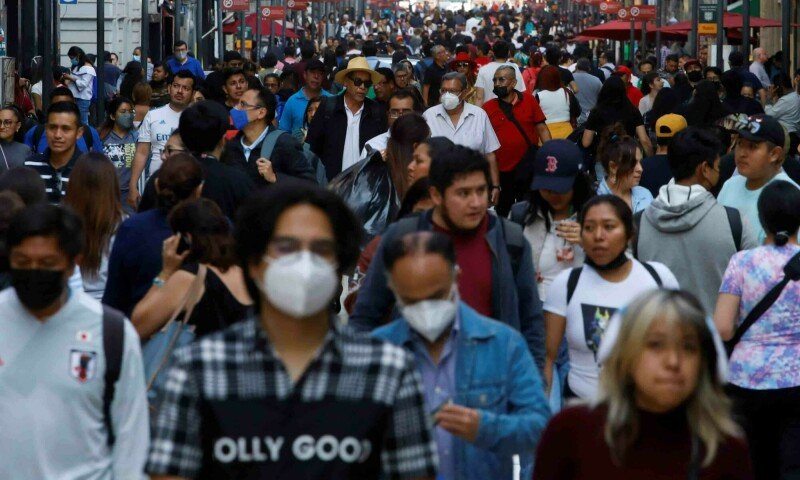Islamabad: The number of people exposed to dangerously high levels of air pollution could be reduced by half in 2040 with a specific political action with economic benefits of up to $ 2.4 billion, according to a new World Bank study.
The study, ‘accelerate clean air access in a habitable planet’ estimates that outdoor air pollution kills approximately 5.7 million people annually, with 95 percent of deaths that occur in low and medium -sized countries.
He adds that the 99PC of the world population is exposed to unhealthy levels of air pollution that exceed the levels of WHO air quality guide.
However, low and medium income countries face the highest load.
WB requests indigenous solutions to reform the national industrial sectors
Eighty percent of people directly exposed to the annual average concentrations of PM2.5 insecure live in low and medium income countries, where economic growth is often based on polluting technologies.
Most of them are in southern Asia (1,200 m) and East Asia (660m). A substantial part of them lives in sub -Saharan Africa (330 m) and the Middle East and North Africa (224m).
Exposure to high levels of air pollution explains a loss equivalent to almost 5pc of global GDP due to impacts on health, loss of productivity and reduced life expectancy.
Environmental or exterior air pollution represented more than 5.7 million deaths worldwide in 2020 and remains a leading risk factor for premature death.
The corresponding economic damages are estimated between $ 4.5tr and $ 6.1tr per year, equivalent to between 4.7pc and 6.5pc of the global GDP, says the study published this week.
In southern Asia, damage to the health of ambient air pollution exceeded the equivalent of 8.9pc of GDP in 2020, without taking into account the implications of the loss of productivity in future growth.
Poverty and inequality aggravate the health load caused by being exposed to high levels of air pollution.
The agricultural sector, especially industrial agriculture, is a significant source of air pollution despite being negatively affected by it.
The intensive use of fertilizers, the mismanagement of the manure and the burning of crop waste, especially in Asia, contribute significantly to the concentrations of PM2.5.
During the next 15 years, the study says, the existing and currently planned policies are expected to exacerbate the unequal exposure to air pollution.
Policy changes
By 2040, existing or planned energy and climate policies are expected and the air quality measures to slow the global PM2.5 emissions by 6pc.
However, due to economic and population growth, the number of people exposed to PM2.5 levels increases at 15 percent.
To reduce emissions, the study requires changes in policies between sectors that cause air pollution: agriculture, urban development, transport, industry and cooking and residential heating.
As most outdoor air pollution is the result of human activities worldwide, these actions can help reduce particles in the air that is harmful to health.
In some regions, the desert dust contributes as a significant source of fine particles.
The study emphasizes that the reduction of air pollution in southern Asia, the northeast of Asia, the Middle East and North Africa require decisive action in the generation of energy and industrialists.
Efforts to reduce industrial air pollution often generate economic yields and are associated with improvements in the competitiveness of companies.
However, market, financial and technical support must adapt to the specific industrial and socio -economic landscapes of the countries.
Posted in Dawn, March 30, 2025








